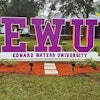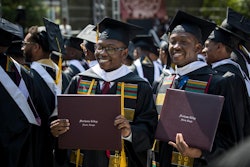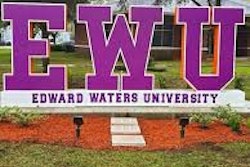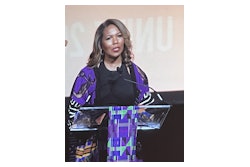Making Black Scientists: A Call to Action is a brilliant new book that provides specific examples of 10 historically Black colleges and universities that are moving the needle when it comes to training and preparing Black students for careers in science, technology, engineering and math, known as the STEM fields.
While predominantly White institutions have long admitted to struggling with how to recruit and retain students of color, particularly in the STEM fields, they need only to read Drs. Marybeth Gasman and Thai-Huy Nguyen’s groundbreaking text to learn best practice models.
“Although others have written about success models and practices in STEM — including famed University of Texas mathematics professor Uri Treisman, and Freeman Hrabowski, the president of the University of Maryland, Baltimore County — we are concerned that the success models and strategies are not being used at most colleges and universities,” write Gasman and Nguyen. “This lack of use leads us to believe that many colleges and universities know the ways to ensure that African-American students succeed in STEM but do not have the will to use them.”
If there were more will, Gasman and Nguyen argue, “there would be more success across the board for African-American students in STEM.”
The major strength of the 245-page book published by Harvard University Press is that it includes the voices of students who share their experience studying STEM, and working with faculty who teach them. 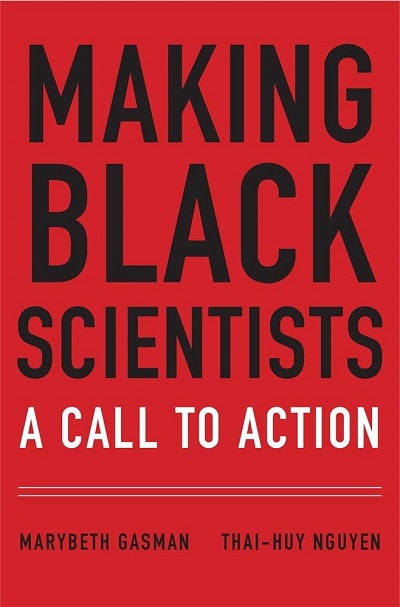
For example, Gasman and Nguyen introduce the reader to Danielle, a Dillard University student. She was in her last year of earning a degree in physics when the authors made a campus visit to interview her.
A native of California, Danielle decided to travel to New Orleans to complete her degree because she wanted the HBCU experience and attend an institution that had an outstanding track record of training students in STEM-related fields.
The authors credit Dillard’s Peer Assisted Study Sessions (PASS) with helping to make the difference. This initiative pairs freshmen who intend to earn a STEM degree with an upperclassman who already completed gateway courses across all STEM fields.
“The senior-level students, or PASS leaders, are charged with holding weekly sessions to help their freshmen improve their understanding of the course content by addressing first the issues related to the adjustment to college life,” the authors write. “For freshmen with little knowledge or familiarity with the social landscape and academic demands of the university, a student mentor, or PASS leader, would be a welcome resource.”
Dr. Walter R. Allen, distinguished professor of education, sociology and African American studies at UCLA, hails the text as a “stellar contribution and a must-read for those determined to increase Black access and success in STEM.”
This book — which trains a spotlight on 10 HBCUs — serves as a practical guide for college faculty and administrators who are looking to improve their numbers.
“We had noticed the success of HBCUs in STEM for years and wanted to explore exactly how they accomplish [that] success beyond the mere anecdote that we often hear,” says Gasman, the Samuel DeWitt Proctor Endowed Chair in Education and the executive director of the Samuel D. Proctor Institute for Leadership, Equity, and Justice at Rutgers University-New Brunswick.
In an interview with Diverse, Gasman says she and Nguyen approached The Helmsley Trust for funding and secured $1.5 million to support the research and capacity building at the 10 HBCUs involved in the study.
“The work at HBCUs was remarkable and there is so much everyone can learn from the strategies of HBCU faculty and staff in STEM,” says Gasman, who adds that she wants readers to “take our call to action seriously and take responsibility for student learning, assume success on the part of all students, be willing to revise curricula that doesn’t work, and understand that poor preparation at the K-12 level can be remedied with regular practice in STEM.”
Nguyen, who embarked on this project as one of Gasman’s doctoral students, is now an assistant professor of education at Seattle University. He notes that success in STEM is a “collective endeavor — it’s all hands on deck!”
“We wanted to write a book that would be able to speak to multiple audiences, not just the scholars/researchers in our field,” says Nguyen in an interview with Diverse. “The data collected were used to develop rich narratives that were expressed in clear and concise terms.”
Like Gasman, Nguyen says that he wants readers — especially educators — to “reconsider the assumptions that [they] make in teaching and supporting students.”
He adds: “I believe that our book really pushes against privileging traditional forms of college readiness, and encourages institutions to recognize, respect and embrace all students’ backgrounds,” he says. “Maintain high expectations, but give students the resources they need to reach them — the HBCUs in our study demonstrated this over and over, without question.”
Jamal Eric Watson can be reached at [email protected]. You can follow him on Twitter @jamalericwatson





